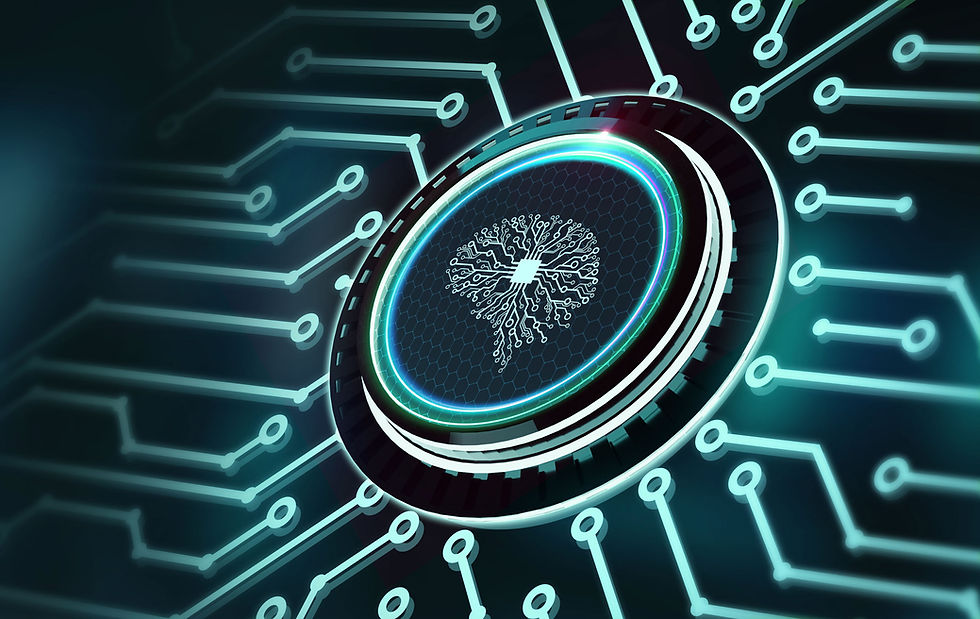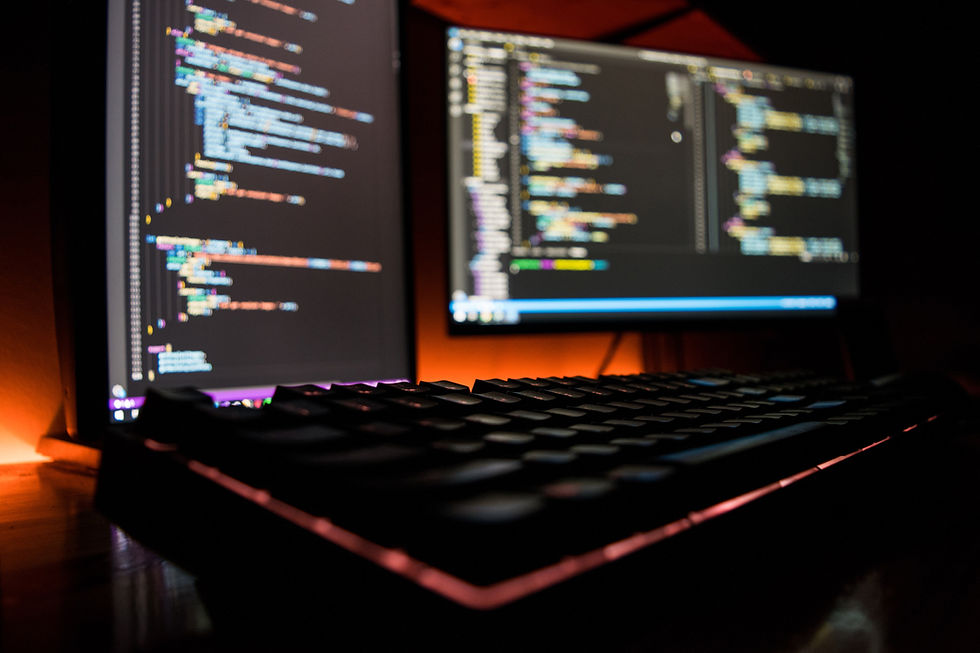The AI Arms Race: Who's Really Winning the Foundation Model Battle in 2025
- elixion solutions

- Aug 24
- 4 min read

The foundation model wars have reached fever pitch. Every few weeks brings another announcement of a "revolutionary breakthrough" from OpenAI, Google, Anthropic, or Meta. But behind the marketing bluster and flashy demos, who's actually winning where it matters?
Let's cut through the noise and look at the real performance data to see who's leading the pack across the categories that matter most to enterprise users.
The Current Scorecard
Based on the latest benchmark results and real-world testing, here's how the major players stack up:
Coding Champion: OpenAI GPT-5 (Just Barely)
On SWE-bench Verified -a test of real-world coding tasks pulled from GitHub - GPT-5 scores 74.9% on its first attempt. That means GPT-5 just outperforms Anthropic's latest Claude Opus 4.1 model, which scored 74.5%, and Google DeepMind's Gemini 2.5 Pro, which scored 59.6%.
This is remarkably close between OpenAI and Anthropic, with both models essentially neck-and-neck on coding tasks. Google's trailing significantly here, which is surprising given their technical resources.
Winner: OpenAI GPT-5 (by a whisker) Close second: Anthropic Claude Opus 4
Reasoning Crown: Still Up for Grabs
The AI model ecosystem in 2025 offers unprecedented choice and capability diversity. Rather than a single "winner," we see specialised excellence: Claude 4 for coding, Grok 3 for reasoning, Gemini for multimodal tasks, Llama 4 for open development, and DeepSeek for cost-effective deployment.
Interestingly, different sources point to different leaders in reasoning tasks. Claude 3.7 outperforms in multi-step reasoning, agent-based decision flows, and document review.
Winner: Varies by reasoning type
Complex multi-step reasoning: Claude 4
Mathematical reasoning: GPT-5
Logical reasoning: Grok 3
Multimodal Master: Google Gemini 2.5
Gemini 2.5 is best for visual workflows inside Google tools. Google's integration advantage really shows here - their native support for images, video, and other media types gives them a clear edge in multimodal applications.
Winner: Google Gemini 2.5 Honourable mention: Meta Llama 4 Maverick for its impressive multimodal capabilities
Open Source Leader: Meta's Llama 4
This one's not even close. Llama 4 Maverick offers unparalleled, industry-leading performance in image and text understanding, enabling the creation of sophisticated AI applications that bridge language barriers.
It achieves an ELO score of 1417 on the LMSYS Chatbot Arena, outperforming GPT-4o and Gemini 2.0 Flash, while also matching DeepSeek v3.1 in reasoning, coding, and multilingual capabilities.
Winner: Meta Llama 4 (and it's not particularly close)
Speed Demon: Google Again
Gemini 2.5 Flash-Lite (Reasoning) (378 t/s) and Nova Micro (319 t/s) are the fastest models, followed by Gemini 2.5 Flash (Reasoning).
Google's focus on efficiency is paying off with significantly faster inference speeds.
Winner: Google Gemini 2.5 Flash variants
Cost-Effectiveness: The Surprising Winner
For organisations watching their budgets, the cost-per-performance ratio matters enormously. Here, we see some interesting dynamics:
DeepSeek models offer exceptional value for money
Llama 4 models provide open-source flexibility with no API costs
Google's Flash models balance performance with competitive pricing
Winner: Tie between DeepSeek (closed source) and Meta Llama 4 (open source)
The Enterprise Reality Check
While benchmarks tell one story, enterprise adoption tells another. Here's what's actually happening in the real world:
The All-Rounder: Still OpenAI
GPT‑4.1 remains a top all-rounder, and this shows in enterprise adoption. OpenAI's ecosystem, API reliability, and broad capability set keep them as the default choice for many organisations.
The Specialist Play: Anthropic Claude
For organisations prioritising safety, reasoning, and document analysis, Claude models are increasingly becoming the go-to choice. Their focus on Constitutional AI and helpful, harmless, and honest responses resonates with enterprise buyers.
The Integration Advantage: Google
If you're already in the Google ecosystem, Gemini's tight integration with Workspace, Cloud, and other Google services provides compelling value that's hard to replicate elsewhere.
The Real Winners by Use Case
Rather than declaring an overall winner, let's be practical about what each model does best:
For Software Development:
OpenAI GPT-5 (slightly ahead)
Anthropic Claude Opus 4 (very close second)
Meta Llama 4 (best value)
For Business Analysis & Reasoning:
Anthropic Claude 4
OpenAI GPT-5
xAI Grok 3
For Creative & Multimodal Work:
Google Gemini 2.5
Meta Llama 4 Maverick
OpenAI GPT-5
For Enterprise Integration:
Google Gemini (if you're in Google's ecosystem)
OpenAI GPT-4.1 (broad compatibility)
Anthropic Claude (security-conscious organisations)
For Cost-Conscious Deployments:
Meta Llama 4 (open source)
DeepSeek models
Google Flash variants
What This Means for Your AI Strategy
The foundation model landscape in 2025 isn't about finding the single "best" model anymore. The real question isn't which model is "best" - it's about matching the right model to your specific use cases and constraints.
Here's how to think about your model selection:
Start with your use case - Don't pick a model first, pick your problem first
Consider your ecosystem - Integration matters more than pure performance in many cases
Factor in total cost - Including API costs, integration effort, and ongoing maintenance
Plan for multiple models - The winners are using different models for different tasks
The Plot Twist: It's Not Really a Race
Perhaps the biggest insight from 2025's AI arms race is that we're moving beyond the "one model to rule them all" mentality. Rather than a single "winner," we see specialised excellence across different categories.
Smart organisations aren't picking sides - they're building AI strategies that leverage the strengths of multiple models. The real competitive advantage comes from knowing when to use what, not from betting everything on a single foundation model.
The arms race continues, but the smart money is on building flexible AI architectures that can adapt as the landscape evolves. Because in this race, the finish line keeps moving.
Need help navigating the complex world of AI model selection for your organisation? At Elixion Solutions, we help businesses cut through the hype and build practical AI strategies that leverage the right models for the right use cases. Let's chat about what makes sense for your specific needs.




Comments